We want to catch the light and fling it on an object and try to record it using a digital system. These types of ambitions can be made real with a Camera. When we record something with a camera, we have to make sure that the recorded photo is clear and that the angle or exposure is right or wrong. This is the Technology name: Core Technology.
Main Part of a Camera:
- Lens: The critical part of a camera, and the light enters through the lens.
- Sensors, which control the intensity of light.
- A medium by which we can see the frame before pressing the shutter.
Types of Camera:
- SLR (Single-lens Reflex): It is one of the embryo Camera and at present, it is now as a DSLR
- DSLR(Digital Single-lens Reflex)
Some characteristics of SLR Camera in Photography :
- The lens can be changed as a necessity.
- There is a mirror that makes the subject clear.
- Generally, the size of the sensor of this camera is equal to 35 mm film.

Part of the DSLR Camera according to the serial of the diagram:
- Lens
- Mirror of preview
- Focusing Screen
- Prism, which changes the direction of light for the audience.
- Eyepiece, from where the preview should be seen.
- The focus plane shutter is opened to capture the moment, and light falls on the sensor.
- Sensor
- Indicate the direction of light by an arrow.
Point and Shoot Camera:
These types of Cameras are like package programs. That means they have a fixed lens that is unable to change. They are not as mirror-like as SLRs. These types of cameras capture photos by digital “live view.” Comparably, their lens is smaller than a DSLR, so their size is small and easy to carry.
Mirrorless Interchangeable Lens Camera:
It is called a compact camera and the middle option of point shoot and DSLR. Its lens is a little bit larger than the point-shoot camera. It has no mirror-like DSLR, so it has no optical viewfinder facilities. But you can change the lens according to necessity.

What is a Hybrid Camera:
It is one of the latest creations of modern technology. It has both options, ‘optical viewfinder’ and ‘live view.’ There is no mirror but an option to view the frame. Fuji Film X100 or X100s are these types of cameras.
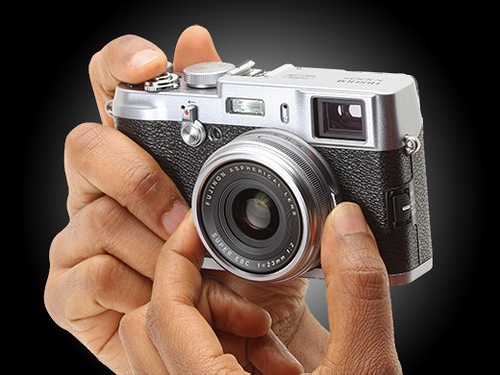
Discussion About The Size of Sensor:
The technical quality of a Photo depends on the size of the sensor. If the sensor size is large, the quality of the photo will be good.
- The photo will be lucent and approximately close to the real thing that you see directly. The sharp crafts of the light will be clear in the photo.
- Noise will be reduced. If we capture any photo, we can find some red and blue points on the photo that are known as noise.
- The bright part of the photo will not be whiter, and the black part will not be darker.
- Every small subject of the photo’s color and contrast will be different.
Lens:
In this topic, we will discuss what a Lens, Structure, Characteristics, and Various types of lenses are.
What is Lens? A piece of glass or plastic has two opposite surface that is used to correct vision problems, change and converge light rays, and magnification light. It can be in a different size.
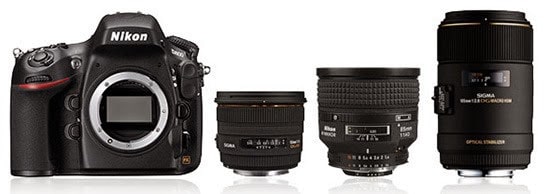
Structure of a Lens:
It is made by small units of glass, which are stored aligned inside of a plastic cylinder. We can zoom the photo by moving these elements from back to front.
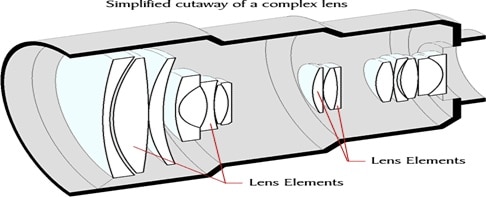
The Basic Characteristics of a Lens:
Focal Length: It is the distance, from how much far the lens can capture a photo and its unit is millimeters (mm). That means the lens captures the photo from the distance as much as the focal length and by the low focal length, the lens can capture a wide photo.
Now, if there are two cameras and if one has an 18 mm focal length and another has a 180 mm focal length, which one will draw the subject closer to the lens, and how many times? It will be 10 X. X is the symbol of zoom. Though this is correlative. For example, if the focal length of a camera starts at 20 mm, then 10 X zoom expresses the focal length, which can be changed from 20 mm to 200 mm. Similarly, a 10X zoo with a 35 mm camera means that it is spread to 350 mm. A 350 mm focal length can draw a photo closer than a 200 mm focal length.
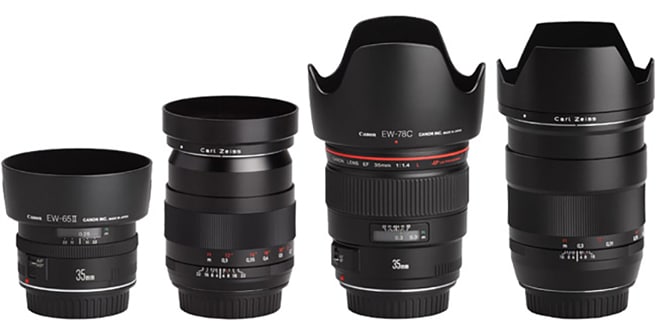
A good lens can capture good Photos
Some photos of different focal lengths:
- Photography with 16 mm Focal Length: Firstly, Captured by 16 mm Focal Length

Captured by 16 mm Focal Length
2. Photography with 50 mm Focal Length: Secondly, Captured by 50 mm Focal length. The 50 mm focal length has a specialty that can capture the subject of the attention of the eye.

Photography with 50 mm Focal Length
3. Photography with 50 mm Focal Length: Thirdly, Captured by 200 mm Focal length

Photography with 50 mm Focal Length
Focusing Perfect Point for Object for Capturing Photos :
If you want to capture a photo, light must be entered through the lens. If the lens focuses on a definite point, the subject will be sharp from another subject. In our childhood, we tried to burn something with the “Heat Glass.” That means we tried to reflect The Sun at a point. As much Heat will be produced as we can make the light centralized.
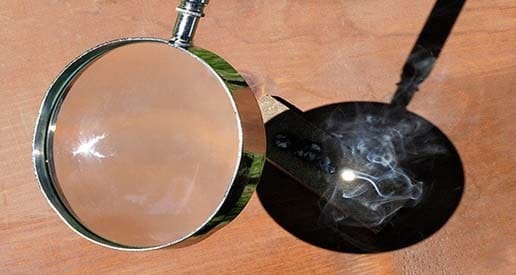

The rays meet together on plane 2. So, the subjects of this plane will be clear in the photo, and the subjects of plane 1 will be more unclear than others. So the focusing point of a camera will be the clear most.
For Professional Photo editing service: www.clippingpathking.com

